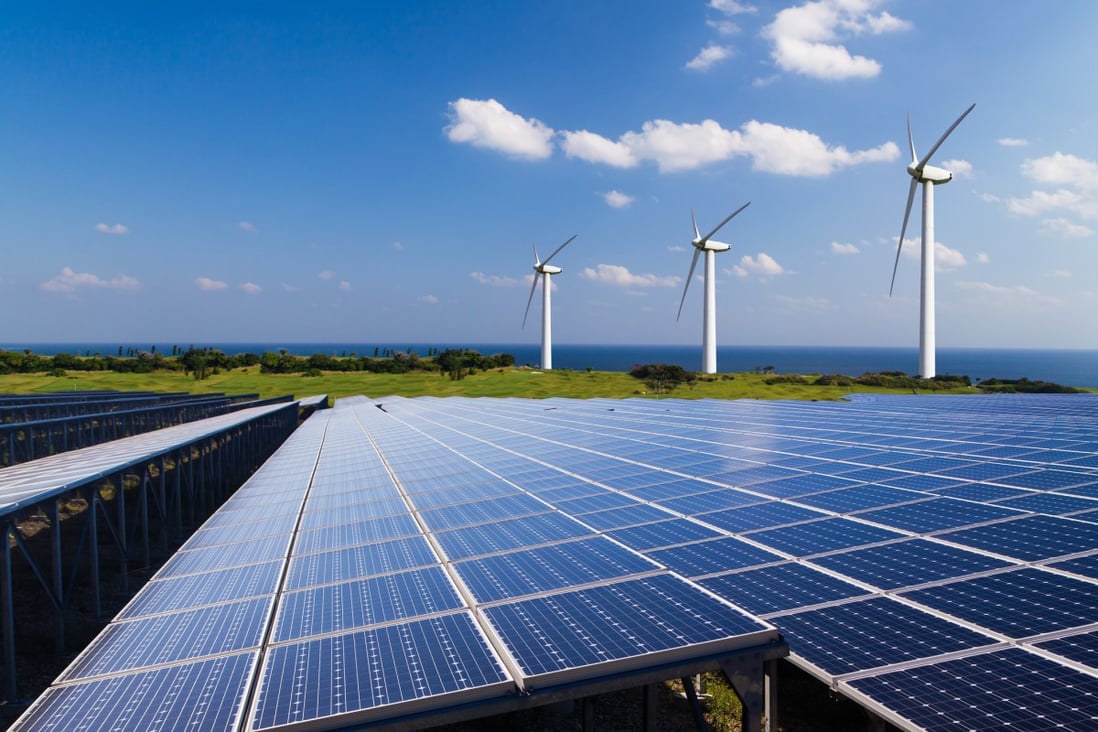Key points:
According to the SCMP outines the key points are:
- China will relocate non real-time data centres from eastern to Western regions to utilise abundant supply of wind and solar energy there
- Plan comes with a warning to local governments to prevent unchecked developments and detrimental practices in land, finance and tax matters
China has revealed its plan to reduce emissions in “digital infrastructure,” such as data centers and high-speed (5G) telecommunications networks, with essential benchmarks set for the country’s carbon-neutrality goal of 2060.
According to the National Development and Reform Commission (NDRC), the government will optimize the building layout of data centers and 5G networks to strengthen its carbon-reduction programs and caution local governments to prevent unregulated expansions.
China is home to the world’s largest 5G network and the world’s second biggest data-centre industry after the US.
Building the new digital infrastructure that includes 5G networks, artificial intelligence (AI), Internet of Things (IoT), and blockchain has become a top priority for China since the Covid-19 outbreak, boosting employment and economic growth.

According to the SCMP and NWN reports (9-10 Dec, 2021):
China has outlined its strategy to contain emissions in “digital infrastructure” involving data centres and high-speed (5G) telecommunications networks, setting key targets towards its 2060 carbon-neutrality goal.
The government will optimise the construction layout of data centres and 5G networks to boost its carbon-reduction initiatives, and has warned local authorities to prevent unchecked developments, the National Development and Reform Commission (NDRC) said.
“Data centres and 5G are strategic resources and public infrastructure that support the future economic and social development, while they are also the most crucial part that matters to the new infrastructure’s energy conservation and consumption reduction,” the top economic planner said in a statement with three state agencies late Wednesday.
China announced in September last year a target to reach peak-emissions by 2030 and net-zero by 2060. The nation’s carbon-intensive sectors such as steel, non-ferrous metal, and cement manufacturing, are expected to reach the first goal by around 2025.
According to the NDRC, data centers with non-real-time functions now situated in the eastern regions will be shifted to new clusters in the western areas to use the vast availability of wind and solar resources.
The overall utilisation rate of data centres between the eastern and Western regions should also be more balanced, it added. The Western regions should boost its share from 30 per cent to more than 50 per cent by 2025 as more data centres are shifted from the eastern side.
According to the strategy, local governments should not give data centers outside national data-center clusters special treatment inland, finance, or tax concerns.
China’s digital infrastructure expansion has resulted in increased carbon emissions. According to environmental NGO Greenpeace, emissions are expected to reach 310 million tonnes CO2 by 2035, up from 123 million in 2020. Greenpeace said that data centers and 5G networks utilized 201 billion kilowatt-hours (kWh) of power in 2020, approximately similar to the combined consumption of Beijing and Shenzhen.
The government will work on related technology to construct more power-efficient data centers, according to the NDRC. Future big and mega-sized data centers’ average power use effectiveness (PUE) should be around 1.3 by 2025.
Some of China’s leading IT firms and largest data-center providers have made efforts to lessen their carbon impact. GDS Holdings, which is home to some of the world’s major cloud service providers (including Alibaba Group Holding and Tencent Holdings) and Chindata and AtHub, have set goals to move to 100% renewable energy by 2030.

SOURCES:
- South China Morning Post, 9 Dec 2021. https://www.scmp.com/business/article/3159003/climate-change-chinas-ndrc-outlines-peak-emissions-strategy-data-centres
- World Nature News, 10 Dec 2021. https://www.natureworldnews.com/articles/48519/20211210/china-reveals-how-their-5g-networks-will-help-in-attaining-net-zero.htm
Leave a Reply
You must be logged in to post a comment.